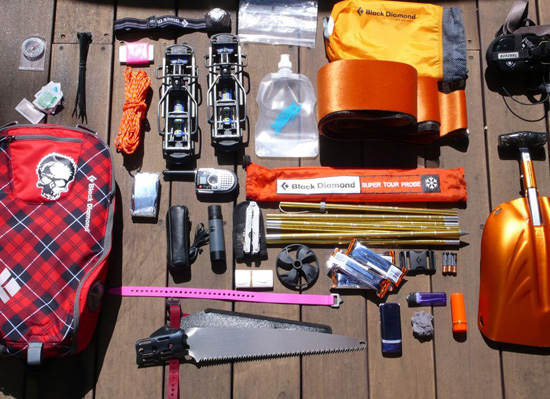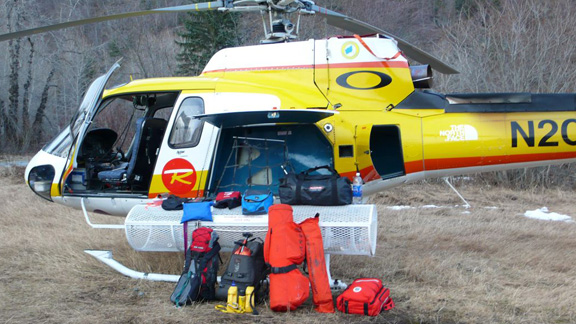Tasche
Active member
I would like to get into AT skiing this year and I have a few questions. I looked on TGR but I didn't really find anything.
1) Skis: I am a pretty big guy at 6' 210 and I would like a pretty fat ski for my AT set up. My question: Will a twin tip hamper my ability to trek around and if I go pretty fat will that fuck up the way the skins fit? Will fatter skis make it harder on the way up I guess is what I am asking? Also they have had the chopsticks on Tramdock a bunch will the reverse camber mess everything up? I will be skiing only pretty deep pow no grommers (hopefully) with this set up. Also I have all my skis pretty much dead center right now where should I mount these?
2) Boots: Do I need AT boots, what are the pros and cons? Can I get away with using alpine boots or should I get some AT boots for this type of adventure?
3) Bindings: I know there is a lot of hype around the marker dukes but I have seen some other brands on Tramdock for pretty cheap. Is there any brands to stay away from? Any that you would recommend?
4) Can you suggest any good brands or style for skins?
Again any help would be appreciated, I have been a skier for a long time but getting older and more fragile and also looking for better conditions I think getting an AT setup would be pretty sick.
Thanks,
1) Skis: I am a pretty big guy at 6' 210 and I would like a pretty fat ski for my AT set up. My question: Will a twin tip hamper my ability to trek around and if I go pretty fat will that fuck up the way the skins fit? Will fatter skis make it harder on the way up I guess is what I am asking? Also they have had the chopsticks on Tramdock a bunch will the reverse camber mess everything up? I will be skiing only pretty deep pow no grommers (hopefully) with this set up. Also I have all my skis pretty much dead center right now where should I mount these?
2) Boots: Do I need AT boots, what are the pros and cons? Can I get away with using alpine boots or should I get some AT boots for this type of adventure?
3) Bindings: I know there is a lot of hype around the marker dukes but I have seen some other brands on Tramdock for pretty cheap. Is there any brands to stay away from? Any that you would recommend?
4) Can you suggest any good brands or style for skins?
Again any help would be appreciated, I have been a skier for a long time but getting older and more fragile and also looking for better conditions I think getting an AT setup would be pretty sick.
Thanks,

